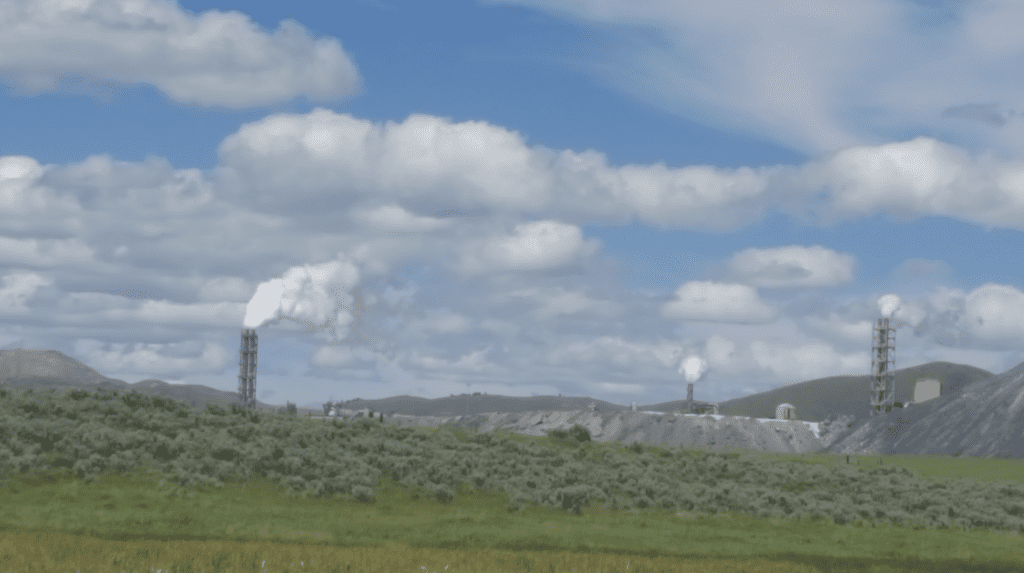Current work in wildlife, rivers, public lands, and climate
Press Releases
Federal judge finds BLM imperiled sage grouse and broke environmental laws in approving Idaho phosphate mine
The ruling by the U.S. District Court for the District of Idaho determined that the BLM violated the National Environmental Policy Act and Federal Land Policy Management Act when it approved the phosphate mine without first analyzing and restricting, mitigating or eliminating impacts to greater sage grouse such as harms to habitat and population connectivity.
“The local sage grouse population is already declining and the mine plan calls for two new open pit mines operating year-round, 20 hours per day, four to five days a week, for 40 years,” said Chris Krupp of WildEarth Guardians. “It’s time for BLM to protect the grouse, go back to the drawing board and place some restrictions — with teeth — on Monsanto’s mine plan.”
“This decision is a critical victory for sage grouse and all the people and wildlife that rely on this fragile, irreplaceable ecosystem,” said Hannah Connor, an attorney at the Center for Biological Diversity. “Sage grouse and Idahoans have already lost so much from the unfettered expansion of phosphate mining and processing in this area. The court confirms, through this ruling, that the government can’t arbitrarily reduce this area’s value for sage grouse habitat and ignore phosphate-mining pollution.”
Phosphate from the Caldwell Canyon mine was slated to be used by P4, a subsidiary of Bayer AG — formerly Monsanto — in manufacturing glyphosate, the active ingredient in Roundup brand products. Glyphosate is the most widely used pesticide in the world and has been linked to cancer in humans and harm to more than 1,600 of the plants and animals protected under the Endangered Species Act.
“BLM needs to stop bending its own rules for industrial projects sited in sensitive sage grouse habitat,” said Sarah Stellberg, a staff attorney with Advocates for the West. “With sage grouse populations struggling across the West, this decision is a timely reminder to BLM of its legal obligations to this imperiled species.”
The court’s decision builds on prior legal victories for protection of greater sage grouse against mining activities. It determined that the agency violated the 2015 sage grouse conservation plans by allowing portions of the mine infrastructure to be sited within a sage grouse lek habitat buffer.
“The sage grouse population in southeastern Idaho is on the brink of being wiped out by the habitat destruction from mining and agriculture, yet the Bureau of Land Management got caught red-handed ignoring its responsibility to protect sage grouse habitats,” said Erik Molvar, a wildlife biologist and executive director of Western Watersheds Project. “Not only did the federal agency neglect its duty to implement habitat protections required in its own sage grouse plan, but they failed even to take the basic step of describing and considering the impacts that this phosphate strip mine would have on sage grouse survival and connectivity in southeastern Idaho.”
The court also found that the agency had violated the National Environmental Policy Act when it failed to consider effects to public health and the environment of sending the phosphate rock to be processed at the Soda Springs Plant. The Soda Springs Plant, also owned by Bayer AG, was listed as a Superfund site in 1990 for, among other things, selenium and heavy-metal contamination of groundwater.
Nearly two decades later, groundwater contamination at the Soda Springs Plant still pollutes the area and is contributing to surface-water contamination that violates Idaho water quality standards in several nearby streams and creeks.
The court’s decision is in response to a 2021 challenge to a decision by the BLM to approve approximately 1,559 acres of ecologically important land, essential to the imperiled greater sage grouse and other species to be strip-mined for phosphate.
That lawsuit was filed by Western Watersheds Project, the Center for Biological Diversity and WildEarth Guardians. The conservation groups are represented by Advocates for the West, the public interest law firm Smith & Lowney and in-house counsel with the Center for Biological Diversity.

Caldwell Canyon mine. Photo by Western Watersheds Project.